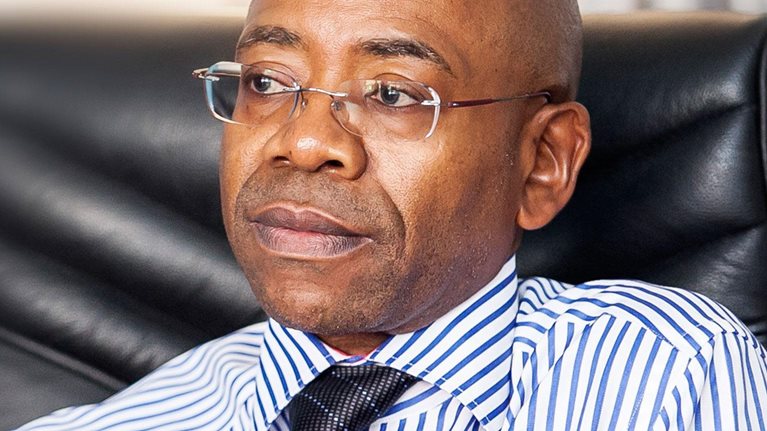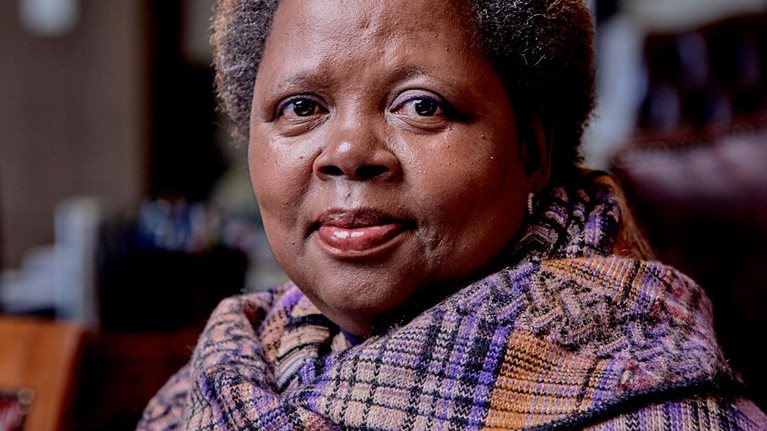Last year I was privileged to be on hand as many of Africa's leaders gathered at the White House for a first-of-its-kind US-Africa Summit. The event focused not on Africa’s ills but on its value as a trading partner and its growing role in the global economy. It was inspiring to see stereotypes crumble as investors woke up to the fact that Africa was home to eight of the world’s 15 fastest-growing economies from 2000 to 2013.
At the McKinsey Global Institute we have devoted a lot of energy to helping leaders understand the facts of Africa’s unfolding economic story—both its opportunities and challenges—starting with our Lions on the movereport in 2010. Since then the world has taken increasing notice of the continent’s momentum and we have continued our Africa-focused research on topics such as job creation, the emergence of a large middle class, and the continent’s burgeoning digital transformation.
Our latest report turns the spotlight on South Africa, one of Africa's two largest economies, where the remarkable strides made against poverty in the past two decades have been stalling. South Africa’s ability to regain momentum has implications (and lessons) for the continent as a whole. While South Africa’s unemployment rate remains at 25 percent, our analysis suggests there are grounds for optimism and new avenues for growth. The country has a highly rated business environment, a strong legal and governance framework, excellent transport links, robust investment, and competitive firms. What’s needed is a concerted national effort to go after growth opportunities.
In the report we identify five opportunities that could add as much as $87 billion to annual GDP by 2030 and create as many as 3.4 million urgently needed new jobs:
Advanced manufacturing. South Africa can develop as a globally competitive production hub in high-value-added categories such as automotive, industrial machinery and equipment, and chemicals. But this will only happen if its manufacturers pursue new markets and step up innovation and productivity.
Infrastructure productivity. South Africa is investing heavily in infrastructure, but big gaps remain in electricity, water, and sanitation. The country can get up to 40 percent more “bang” for its infrastructure buck by: making maximum use of existing assets and increasing maintenance; prioritizing the projects with the greatest impact; and strengthening management practices so projects are delivered on time.
Natural gas. South Africa’s electricity shortage has held back economic growth, and despite new capacity, another shortfall is projected between 2025 and 2030. Natural gas plants—which are fast to build, entail low capital costs, and have a low carbon footprint—can bolster and diversify the power supply. Gas can be provided through imports, local shale gas resources (if proven), or both.
Service exports. South Africa has highly developed service industries but captures only 2 percent of the rest of sub-Saharan Africa’s market for service imports. With the right investments, service businesses could ramp up exports to the broader region, particularly if regional trade deals are in place. We highlight opportunities in sectors including construction (where the export opportunity ranges from design to project management to maintenance services) and financial services (promising export growth areas include wholesale and retail banking and insurance).
Raw and processed agricultural exports. With food consumption rising throughout sub-Saharan Africa and Asia, South Africa could implement a bold national plan to triple its agricultural exports by 2030. This could spur rural growth, benefiting the nearly one in ten South Africans who depend on subsistence or smallholder farming.
In the course of our research, we interviewed dozens of leaders and experts across government, business, and academia. One theme stood out in these conversations: South Africa will need to embrace some fundamental changes to become more globally competitive, starting with a massive expansion of vocational training programs to prepare millions of young people for the jobs of the future. Tackling this will require business and government to come together in a new partnership characterized by shared vision, collaboration, and trust.
For the sake of its own citizens, it is important that South Africa succeeds and makes progress. It is also important for the rest of us. South Africa is, after all, the second-largest economy on the continent, a member of the G20, and still a beacon for what Africa can be in the 21st century.
Of course, each African country is different, with unique opportunities and challenges—after all, “Africa is not a Country.” But one of the most striking things about last year’s White House summit was not only the number of progressive African government leaders attending but also the impressive group of confident and successful African CEOs and entrepreneurs. This depth of leadership talent and potential was on show again this month at the Young African Leaders forum, featuring the 500 Washington-Mandela Fellows who met with President Obama. This is exciting for another reason: United States accounts for only 4 percent of Africa’s trade, and it lags behind China and Europe in foreign direct investment into Africa. Deepening that engagement could unlock huge economic potential—not just for Africa, but for the US as well.
This article originally ran in LinkedIn.


